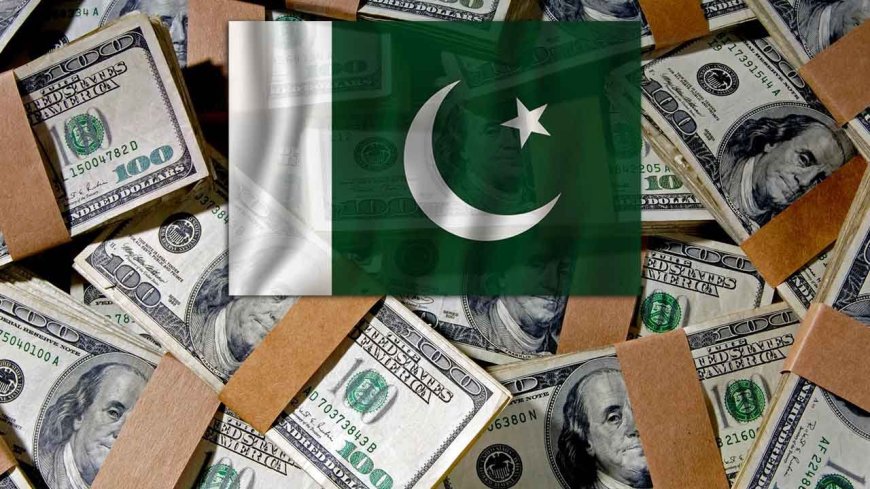Pakistan’s Forex Reserves Rise as SBP Adds $22 Million
Pakistan’s foreign exchange reserves rise by $22 million, reaching $14.37 billion with total liquid reserves at $19.79 billion. SBP reports steady progress amid IMF reforms.

Pakistan’s foreign exchange reserves saw a modest increase this week, with the State Bank of Pakistan (SBP) reporting an uptick of $22 million. According to the central bank’s latest data, SBP-held reserves reached $14,379.5 million, while the country’s total liquid foreign reserves stood at $19,793.3 million as of September 19, 2025.
The figures also revealed that net foreign reserves held by commercial banks amounted to $5,413.8 million, reflecting the share managed by private banking institutions across the country.
The weekly gain, though modest, is being viewed by economists as a sign of slow but steady progress in Pakistan’s efforts to strengthen its external position. Analysts note that even incremental improvements are crucial for building market confidence, ensuring exchange rate stability, and supporting the government’s ongoing economic reforms.
Import Cover and External Obligations
Foreign exchange reserves play a critical role in maintaining a country’s financial stability, especially in emerging economies like Pakistan that rely heavily on imports of fuel, machinery, and raw materials. The latest figures suggest that SBP’s reserves now provide an import cover of around three months, which is considered the minimum threshold for external stability.
While the increase may appear marginal, it indicates resilience in the face of mounting challenges, including fluctuating global oil prices, regional trade pressures, and persistent demand for foreign currency in the local market.
Role of Commercial Banks
The $5.4 billion in reserves maintained by commercial banks highlights the significant contribution of private sector institutions in managing the country’s foreign exchange liquidity. These reserves are vital for facilitating day-to-day trade transactions, remittance inflows, and corporate-level foreign payments.
Commercial banks’ ability to maintain a steady balance also reflects Pakistan’s robust remittance inflows from overseas workers, which continue to provide a cushion for the economy despite global economic headwinds.
Economic Reforms and IMF Program
The improvement in SBP’s reserves comes at a time when Pakistan is actively working to implement structural reforms under the International Monetary Fund (IMF) program. The government has pledged to ensure fiscal discipline, broaden its tax base, and stabilize the exchange rate through a market-driven approach.
Government’s Response
Finance ministry officials welcomed the latest data, stating that the gradual rise in reserves reflects the government’s commitment to stabilizing the economy. They pointed out that successful negotiations with global financial institutions, timely debt rollovers, and better management of current account deficits are beginning to yield results.
Experts have urged the government to focus on diversifying sources of foreign exchange inflows to ensure long-term stability. This includes boosting exports of value-added goods, attracting foreign direct investment (FDI), and improving remittance channels.
Looking ahead, the modest rise in reserves offers cautious optimism. Market experts believe that as long as Pakistan maintains compliance with IMF reforms, secures expected inflows from friendly countries, and strengthens its export base, foreign reserves are likely to remain stable in the near term.

 Israr Ahmed
Israr Ahmed